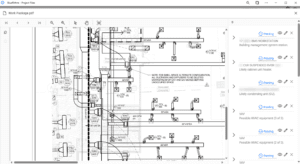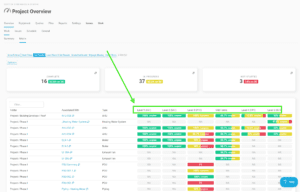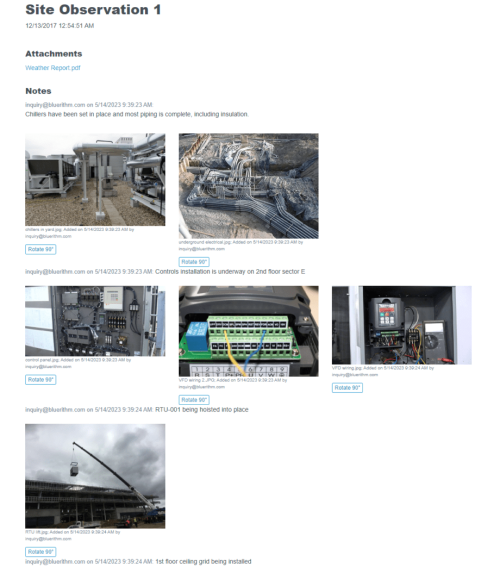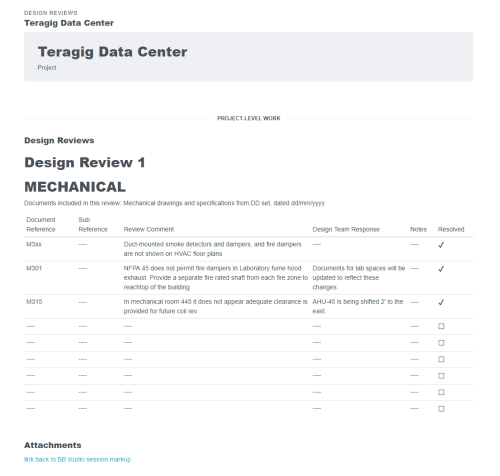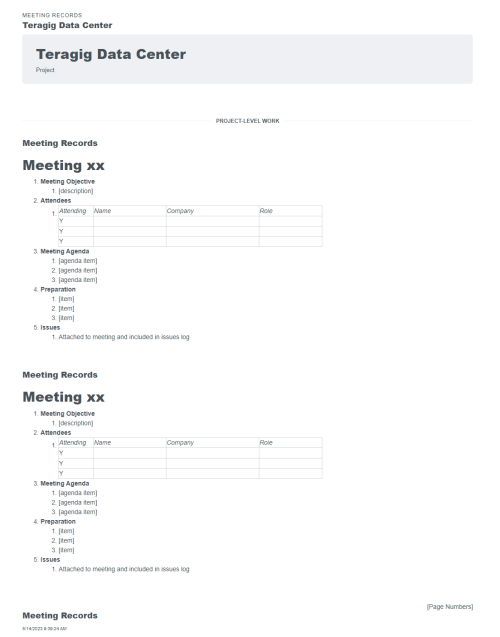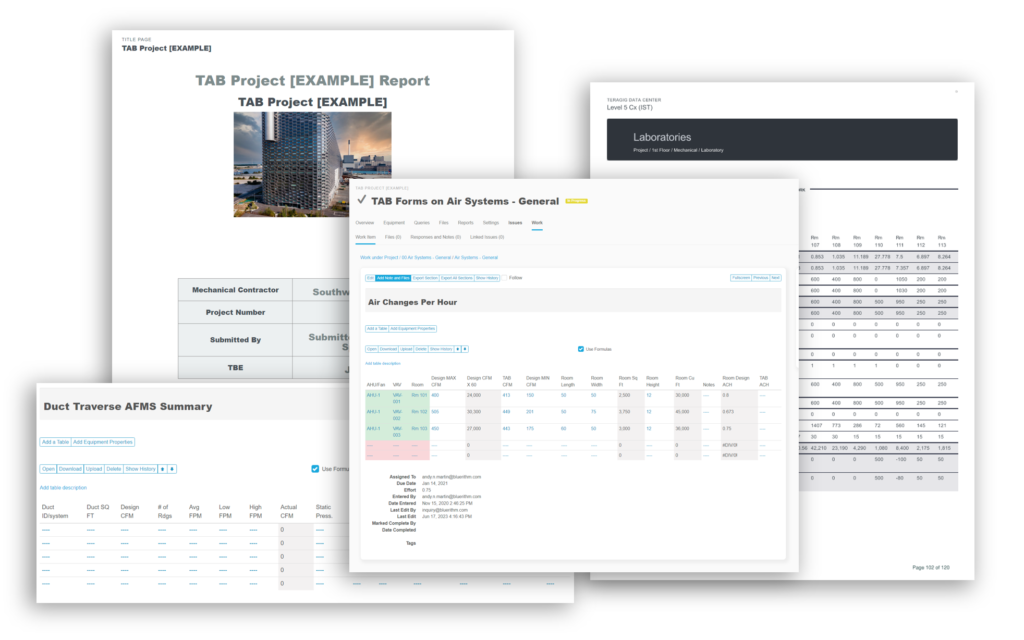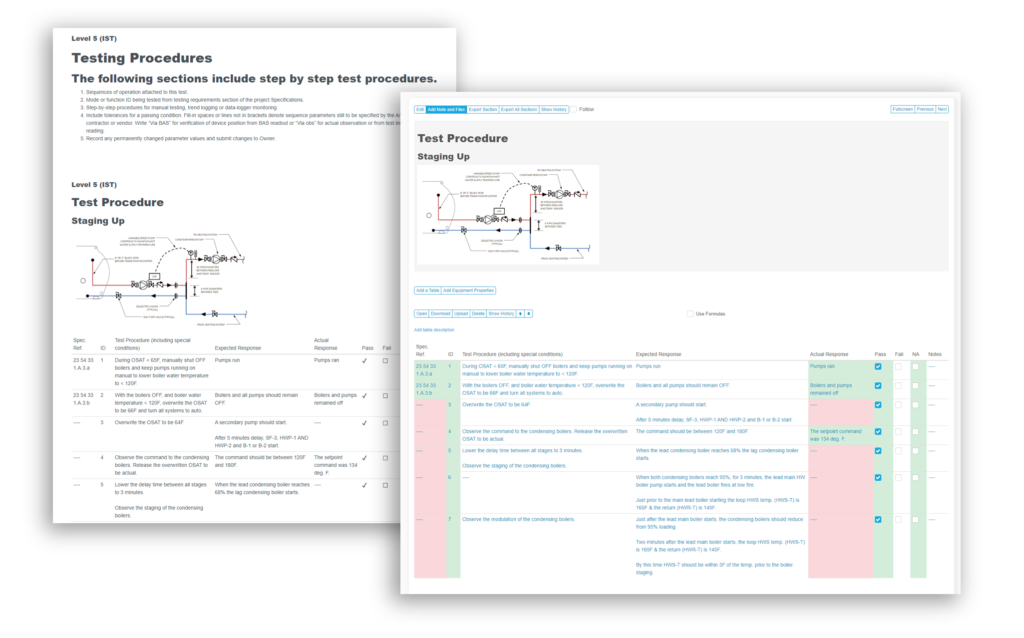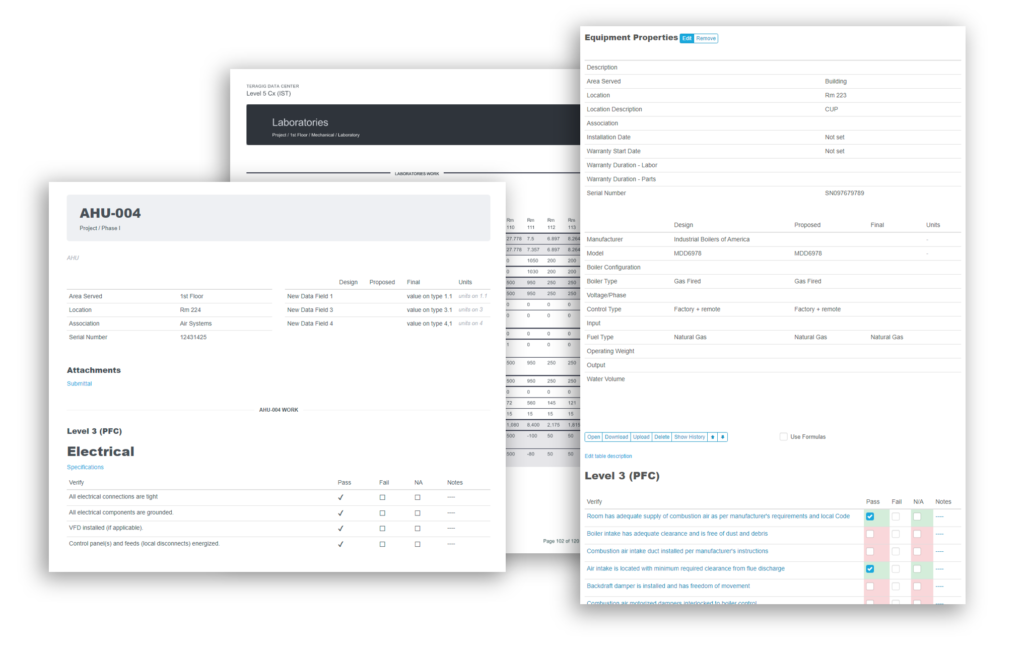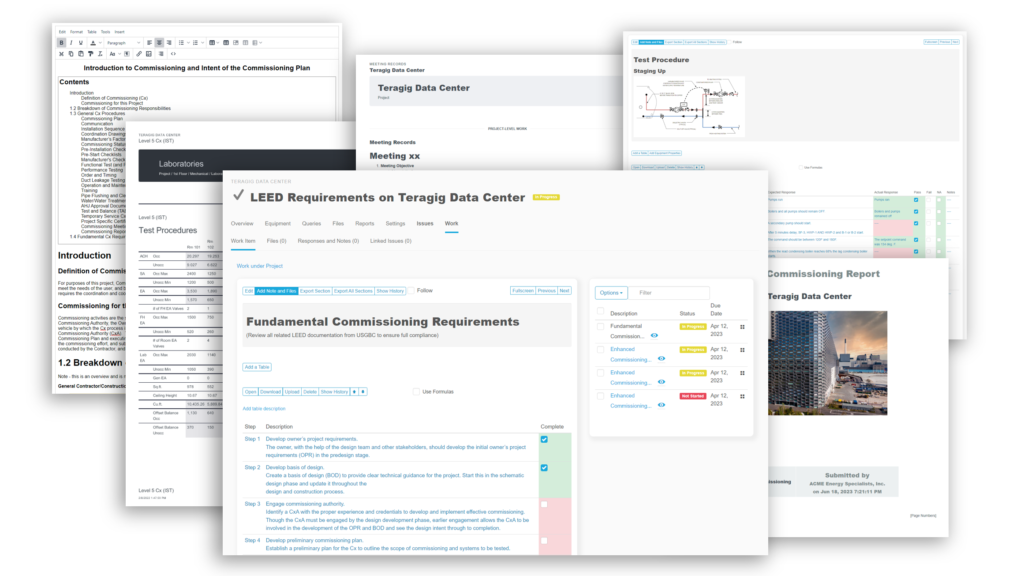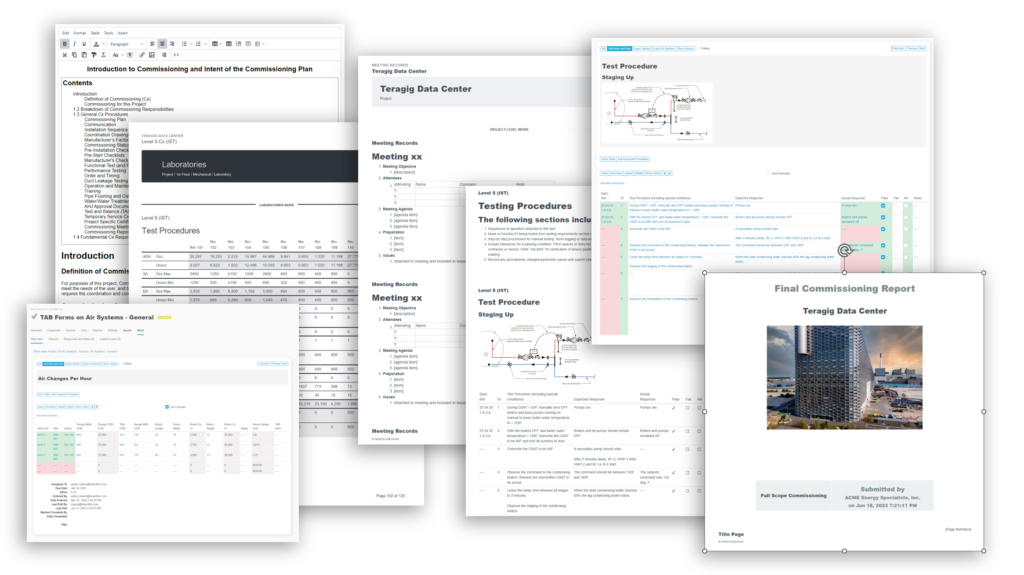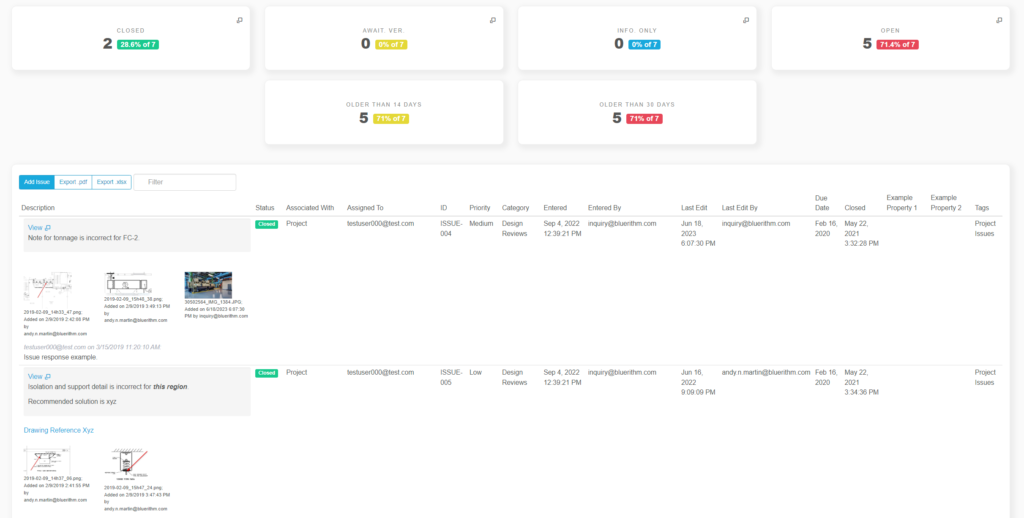Commissioning Software
How to Roll it Out in Your Organization
(Also see our related article on selecting a commissioning software platform)
The following are suggestions based on industry best practices and our experience. Not everything will apply to your organization, but much of it can be adopted to help get you off on a path to maximize the value you get from commissioning software.
Back Up Your Commitment and Expectations
After your organization has made the decision to adopt a commissioning software platform, the benefits of adopting the new software need to be clearly communicated to your entire team. It needs to be known that it’s a necessary tool and will be ingrained in your company’s day to day processes and work.
Clearly communicate the benefits to your teams of adopting the software. Make it known that it’s a tool designed for making people’s work more efficient and enjoyable, and that there are business benefits that will help your company earn more business and be more profitable, which benefits everyone.
The expectations for your teams has to be clear – if everyone is not on board or if there are detractors, the adoption and integration into your business could fail. Try to use positive reinforcement techniques to encourage its use, like awards or contests related to outcomes that come from the use of the software. This is in contrast to a penalty / consequence approach where you will end up playing process police, which could accelerate its demise.
Identify Detractors and Champions
Identify those among your teams that are detractors and those that are product champions. The champions are the ones evangelizing the benefits of using the software, while the detractors are the ones stubbornly setting roadblocks. The champions are the ones that are going to pull the adoption forward, and their voices need to be the loudest.
Ultimately, regardless of the quality and design of the software, reaping the benefits of its successful integration into your business falls on everyone’s shoulders, but starts with the leadership of your organization – from the initial selection of the right product through the roll out and overall implementation.
If the implementation process begins to flounder, talk to your software provider and ask for advice or additional support, or potentially some customized training.
Be Open and Honest
Regularly and openly discuss wins and challenges with the new software. Talking openly about successes helps move detractors into the champion category, while openly discussing challenges keeps a level of realism and honesty around the process and keeps people from becoming cynical, and causes people to want to contribute towards solutions.
Training and Access to Support
A perfectly designed user interface would require no training whatsoever, kind of like a well designed building entrance doesn’t need signs telling you to push or pull or where to walk; you just intuitively know because of the underlying design. It’s unlikely you will ever be able to get away without any training at all, but you will need to consider what it will take to get your team(s) to a level of proficiency where you’re getting value from the software.
Verify with the software provider how to access the product documentation and technical support, and make this part of the roll-out communication to your teams.
A successful approach to training that we’ve seen involves the following: have a few key individuals in your organization (perhaps the same people you’ve identified as product champions) become proficient in the of the software, maybe by conducting a pilot project. Then roll it out to a wider audience. The initial users, who sometimes become known as “power users”, will be able to assist other people in the organization get up to speed, and it will be within the specific context of your organization and how you’re using it on a day to day basis.
Give it Time
Allow enough time for new processes and habits to develop. Implementing a new software system that is involved in day to day activities can take time to work its way into everyone’s routines, and for your teams to figure out the most effective ways to use it.
Ultimately, reaping the benefits of a successful adoption and integration into your business falls on everyone’s shoulders, but starts with the leaders in your organization.
Content from BlueRithm Commissioning Software


